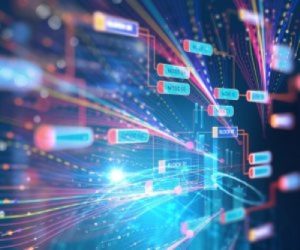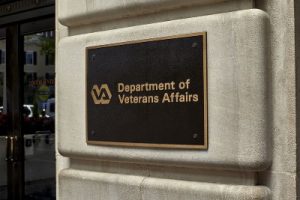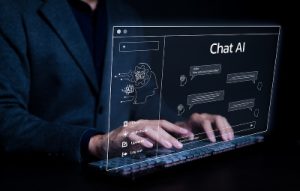
The U.S. Department of Defense's (DoD) shift from a focus on counterterrorism to one of near-peer rivals has highlighted the need to incorporate emerging technologies into the DoD faster than ever before. To keep up with the technological advances of peer nations, it is critical that the DoD speed the time to the field of technologies that can give our troops an advantage in terms of intelligence, data sharing, and visibility. But in this need for speed, the security and the reliability of these solutions cannot be ignored.
DoD is successfully striking the balance of speed, innovation, and reliability with several recent implementations of emerging technology. Continue reading






